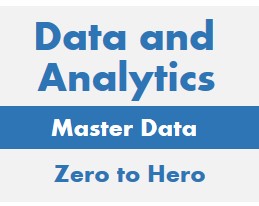


An Operational Datastore (ODS) is a type of database which integrates current data from multiple data sources (Integration Hub) and provides that data to operational systems such as web sites and downstream systems such as data warehouses. There are a number of other views as to the definition and function of the ODS.
The ODS typically is composed of the following zones:
The Operational Datastore (ODS) typically contains less data than the Atomic Warehouse because the ODS does not contain history and the ODS contains a more restricted set of data designed to support specific operational purposes.

Infogoal.com is organized to help you gain mastery.
Examples may be simplified to facilitate learning.
Content is reviewed for errors but is not warranted to be 100% correct.
In order to use this site, you must read and agree to the
terms of use, privacy policy and cookie policy.
Copyright 2006-2020 by Infogoal, LLC. All Rights Reserved.
